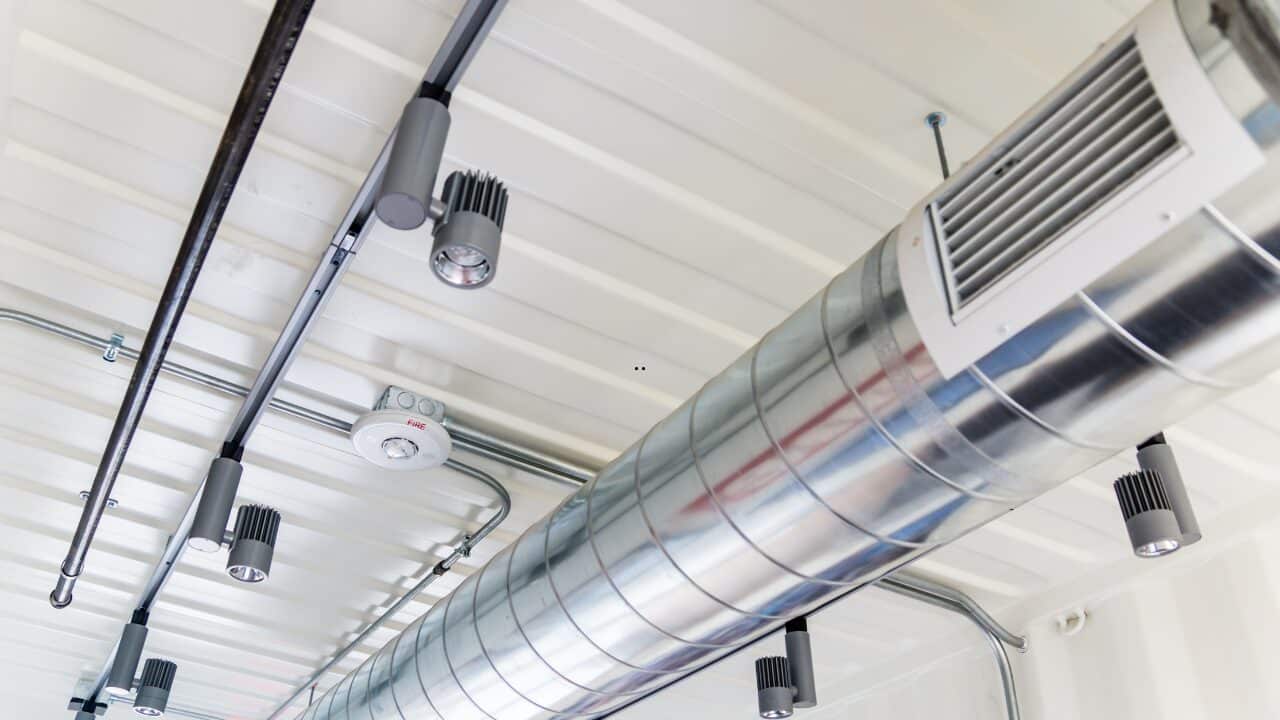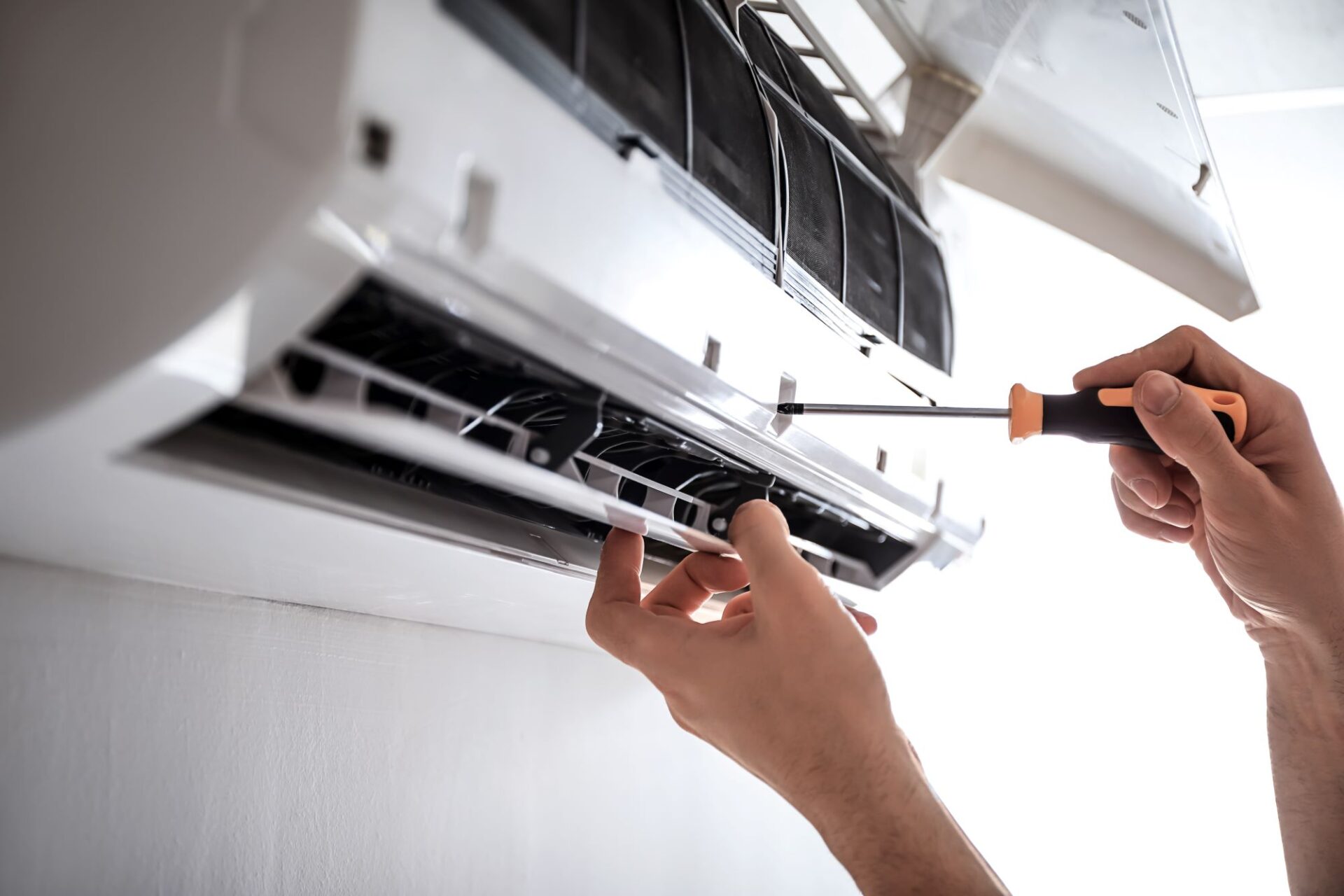The ductwork in your home is essential for keeping your living space comfortable and energy-efficient. It distributes heated or cooled air from your HVAC system to every room, ensuring consistent temperatures throughout the house.
However, damaged ductwork can significantly impact the efficiency of your heating and cooling system.
Visit Anderson Air to learn more about identifying and repairing damaged ductwork. After reading the blog post, contact them for reliable and trustworthy air care solutions to keep your home comfortable and energy-efficient.
This article will discuss how damaged ductwork affects energy efficiency and how you can address these issues.
Table of Contents
Understanding duct damage
Before delving into how damaged ductwork affects energy efficiency, it’s essential to understand what causes damage in the first place. Ducts can become damaged due to several reasons, including age, poor installation, and lack of maintenance. Over time, sealant and joints can become loose or deteriorate, allowing air to escape. This leads to a loss of conditioned air and forces your HVAC system to work harder to maintain the desired temperature.
Additionally, damaged ducts can allow dust and debris into your living space, reducing indoor air quality. This also strains your HVAC system as it has to filter out these particles, decreasing its efficiency even further.
Impact on energy efficiency
Damaged ductwork can significantly impact your home’s energy efficiency. According to the Department of Energy, up to 30% of the air moving through ductwork may be lost because of leaks, gaps, and poorly connected ducts. This means that a significant portion of your HVAC system’s heated or cooled air is not reaching its intended destination.
As a result, your HVAC system works harder and longer to compensate for this loss, resulting in higher energy consumption and utility bills. This puts unnecessary strain on the system’s components, potentially shortening their lifespan and requiring costly repairs.
Steps to address damaged ductwork
If you suspect that your ductwork is damaged, taking immediate action is crucial to restore efficiency in your home. Here are some steps you can take to address damaged ductwork:
- Inspect your ducts: Conduct a visual inspection of your ducts, checking for any visible damage or leaks. Pay attention to joints and connections, as these are the areas where damage occurs.
- Seal leaks: Use duct sealant or foil tape to close gaps or holes in your ducts. Do not use duct tape, as it can deteriorate and become ineffective over time.
- Repair damaged sections: If you spot any significant damage to your ductwork, such as large holes or disconnected sections, it’s best to contact a professional HVAC technician for the needed repairs.
- Consider duct replacement: In some cases, if the ductwork is extremely old or severely damaged, it may be more cost-effective to replace the entire system rather than make multiple repairs.
- Schedule regular maintenance: To prevent future damage and ensure optimal efficiency, it’s essential to schedule regular maintenance for your HVAC system, including duct inspections and cleanings.
Conclusion
The benefits of fixing damaged ductwork go beyond just energy efficiency; it also improves indoor air quality, extends the life of your HVAC system, and saves you money on utility bills. Trust the experts for all your ductwork needs, and enjoy a comfortable and healthy living space for years to come.





